The US Air Force fell short of its recruitment goal last year for the first time since 1999. To combat the problem, the Air Force is now implementing several new programs in the hopes of increasing their current numbers.
Last week, the Air Force announced that it would be re-opening the Voluntary Retired Return to Active Duty Program. They have used the VRRAD program with little success in the past but are now hoping it can make a real difference.
The US Military Has Been Struggling with Recruitment for Years
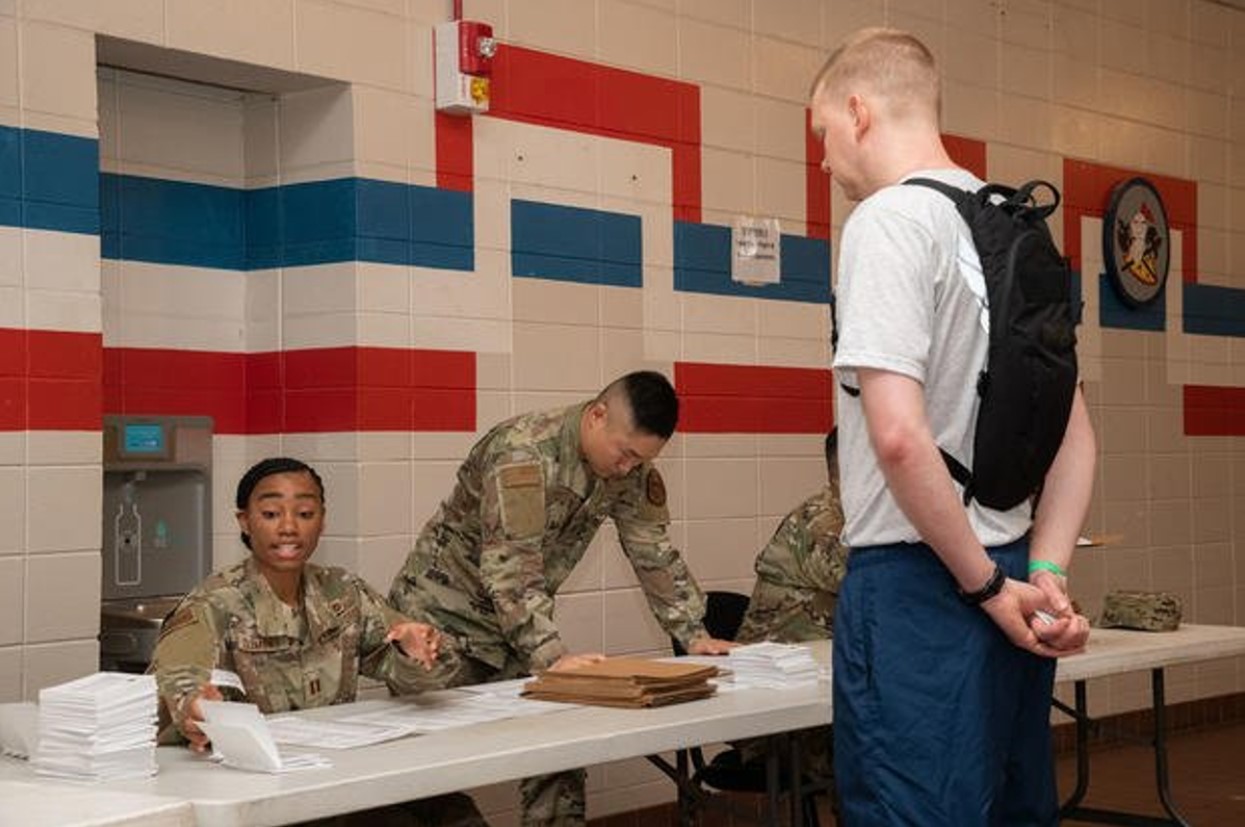
From the Coast Guard to the Army, the Navy, and the Air Force, almost every branch of the US military has struggled to keep recruitment numbers up over the past few years.
However, as of 2023, the numbers are worse than they’ve been in decades. The Army took on 10,000 fewer new recruits than they had planned for, and the Navy announced that they only had 30,236 sign-ups when they wanted 37,700.
The Air Force Is Closest to Their Goal
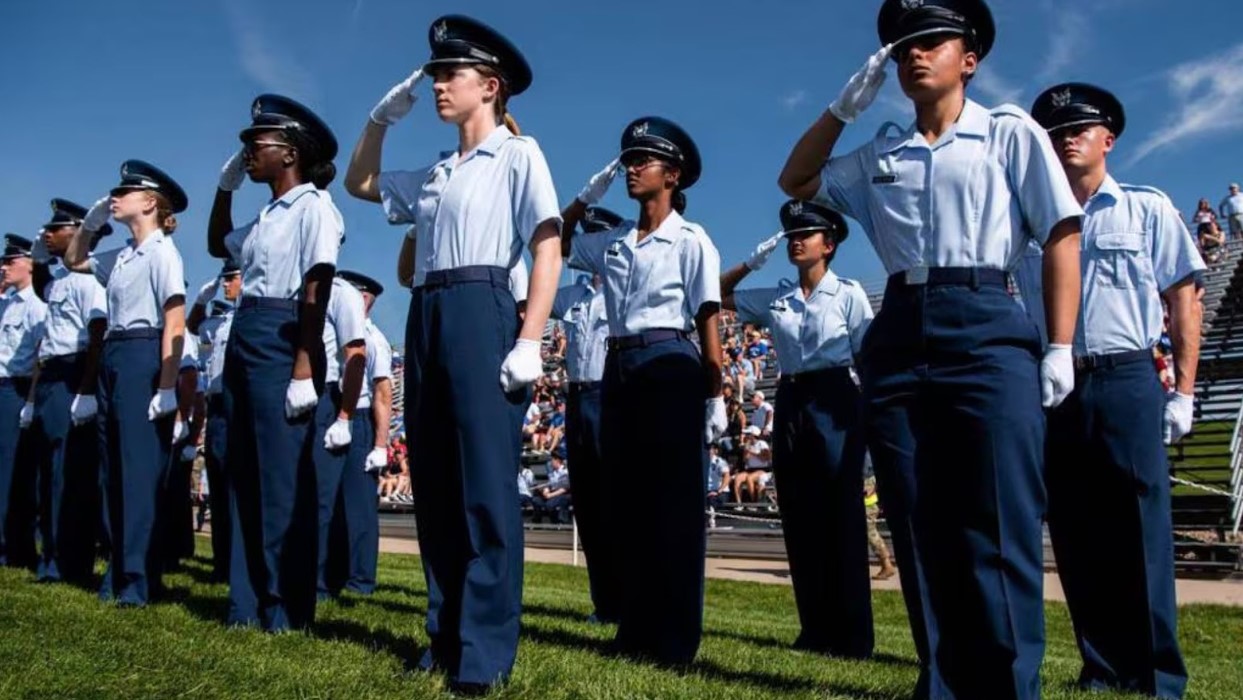
Compared to the Navy and the Army, the Air Force was actually closest to its goal in 2023. They wanted 26,877 new recruits, and they’re only missing about 2,700.
However, since the Air Force is a much smaller organization than either the Navy or the Army, a 2,700 difference significantly affects their ability to function properly.
Why Is the Military Seeing Such Low Recruiting Numbers?
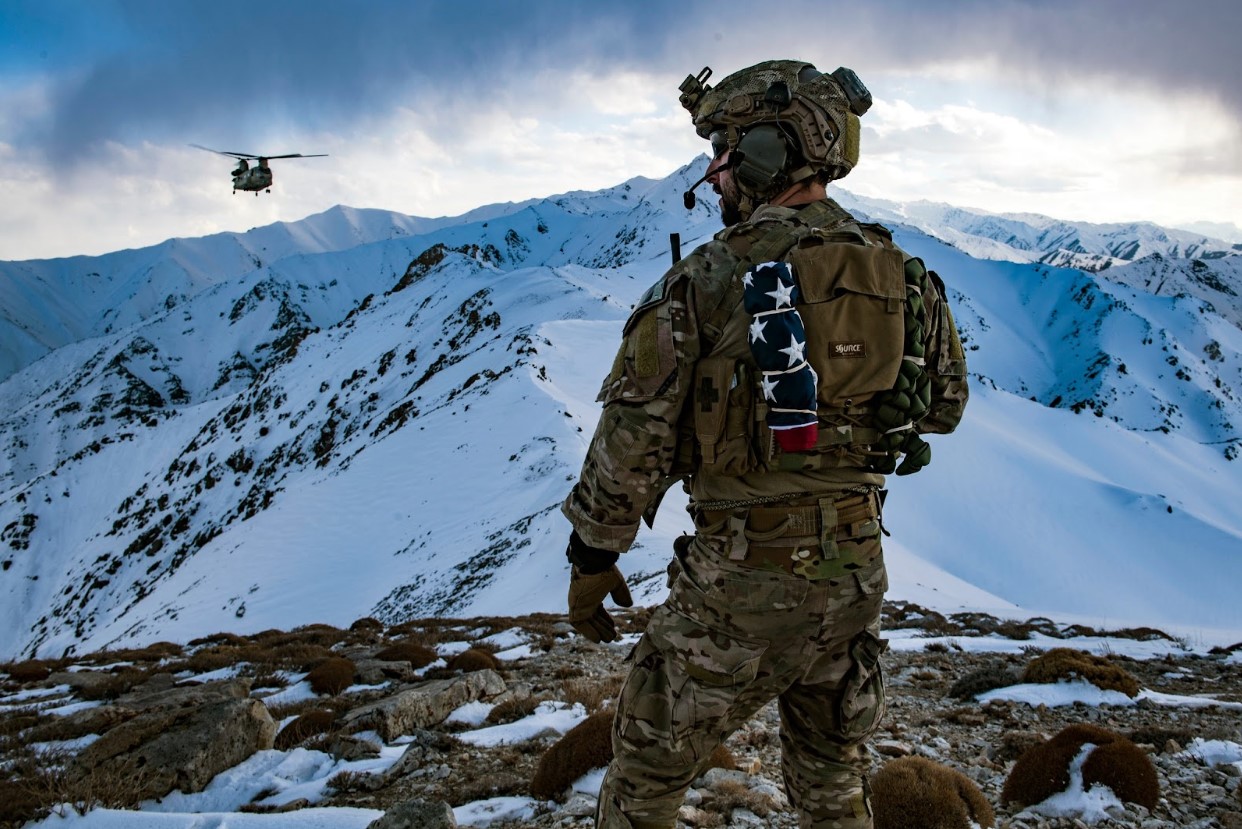
The Department of Defense reported that only 23% of Americans between the ages of 17 and 24 even qualified to join the military. But even fewer have any interest in serving their country.
The DOD believes that the next generation is less drawn to the military because they have little trust in the institution, have fewer family members who served, and have more professional opportunities as the economy is stronger than it once was.
Many Who Are Interested in Becoming Pilots Have Better Options

The Air Force is specifically struggling as the requirements to become a pilot are significantly more specific than most other positions within the military.
And many young men and women who do meet these qualifications and want to pilot are opting for commercial aviation instead.
Active Duty in the Air Force Is Extremely Demanding

It’s also important to note that being on active duty in the Air Force is extremely demanding, both physically and emotionally.
Deployment assignments can last anywhere from 4 to 12 months. While members do receive a total of 30 vacation days per year, the rest of their time is often spent away from home and family members.
Air Force Recruits Typically Retire After 20 Years of Service

One upside to working for the Air Force is that the majority of members are eligible for retirement after only 20 years. That means that if a person joins at 20 years old, they could be retired by 40.
Because there are many young Air Force retirees, the organization has decided to offer them the opportunity to come back to work and, subsequently, improve the force’s ever-decreasing numbers.
Understanding the VRRAD Program

In 2017, the Air Force started the Voluntary Retired Return to Active Duty or VRRAD program.
The idea was to offer experienced but retired pilots the chance to rejoin the force. The VRRAD program accepted applications for three years until 2020, but only 120 pilots were rehired.
The VRRAD Is Up and Running Again
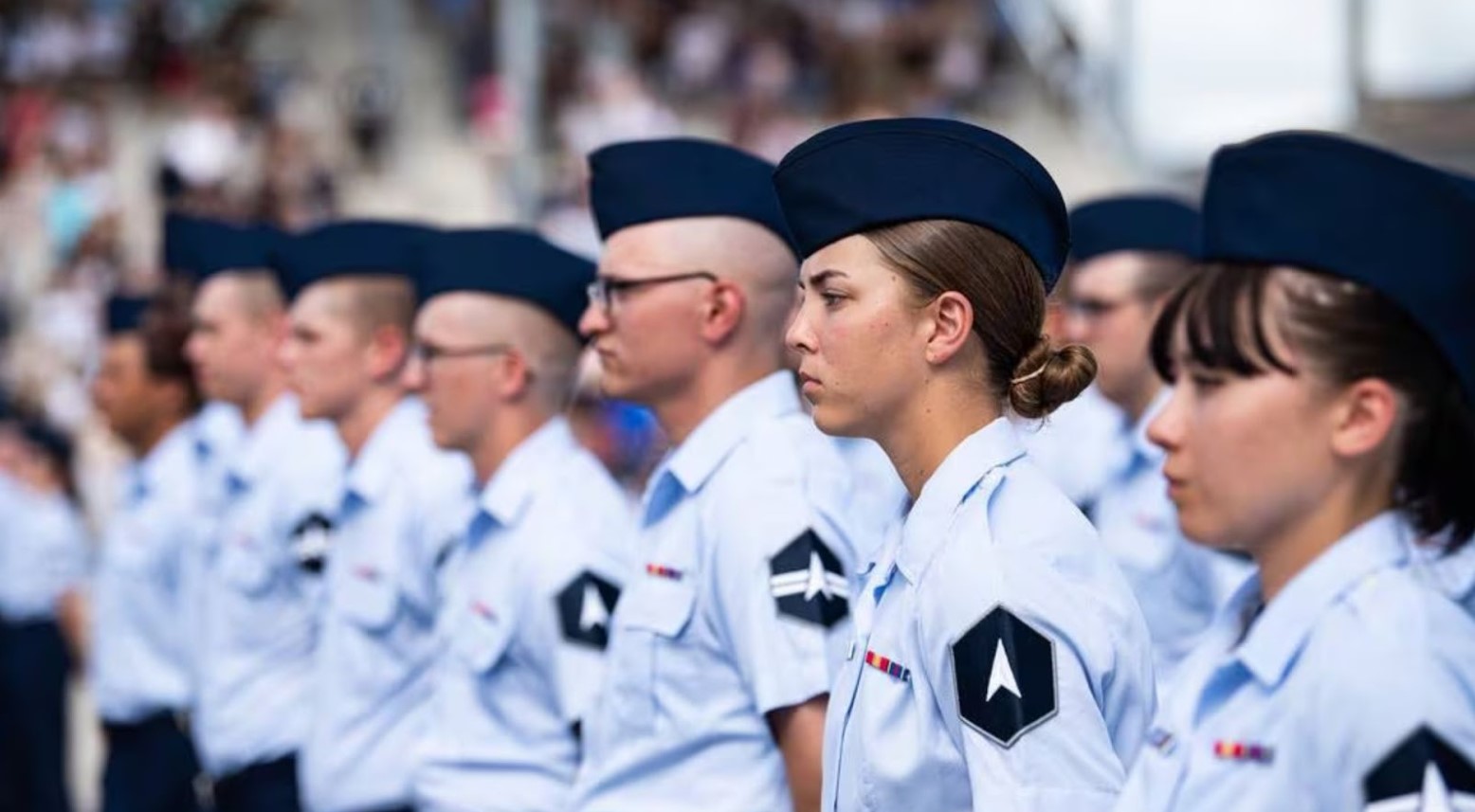
Now, as of February 8, 2024, the VRRAD program is open once again to retired members of the Air Force. There are currently 1,000 spots open to formerly enlisted and officers of the Air Force, and if accepted, they will return to the position they held when they retired.
The Air Force has explained that those who re-enlist will no longer receive their retirement pay but, instead, be paid the salary appropriate for their position and time on the force.
Why Would Anyone Do This?

Air Force retirees get paid quite well for their years of service, and while the annual salary is decent, many former Air Force members simply don’t see the benefit in getting paid slightly more to return to active duty.
In fact, on social media platforms, the general consensus among retired Air Force members is simply, “Why would anyone do this?” They note that with no promotion, no bonus, and the likelihood of dangerous deployments, there is literally no upside to re-enlisting.
The Air Force Is Going to Have to Sweeten the Deal if They Want the VRRAD Program to Work
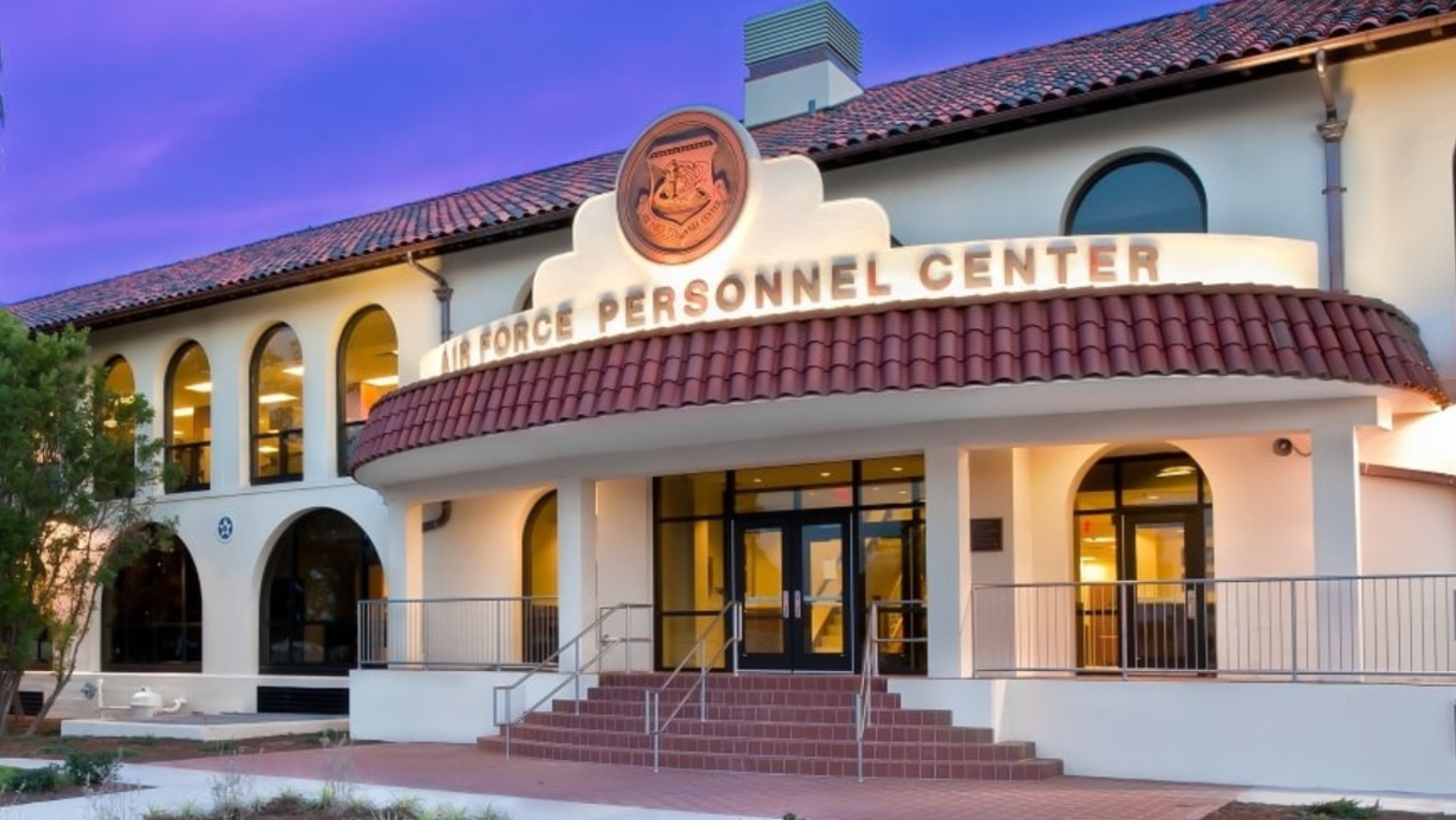
It seems that while the Air Force believes this program will help them fill the hole they have in personnel thanks to low recruiting numbers, it’s not going to work unless they make a better offer.
Being able to spend time with one’s family on a substantial retirement salary sounds far better than making marginally more to risk their lives again.
The Air Force Has Other Plans to Improve Recruitment Numbers in 2024
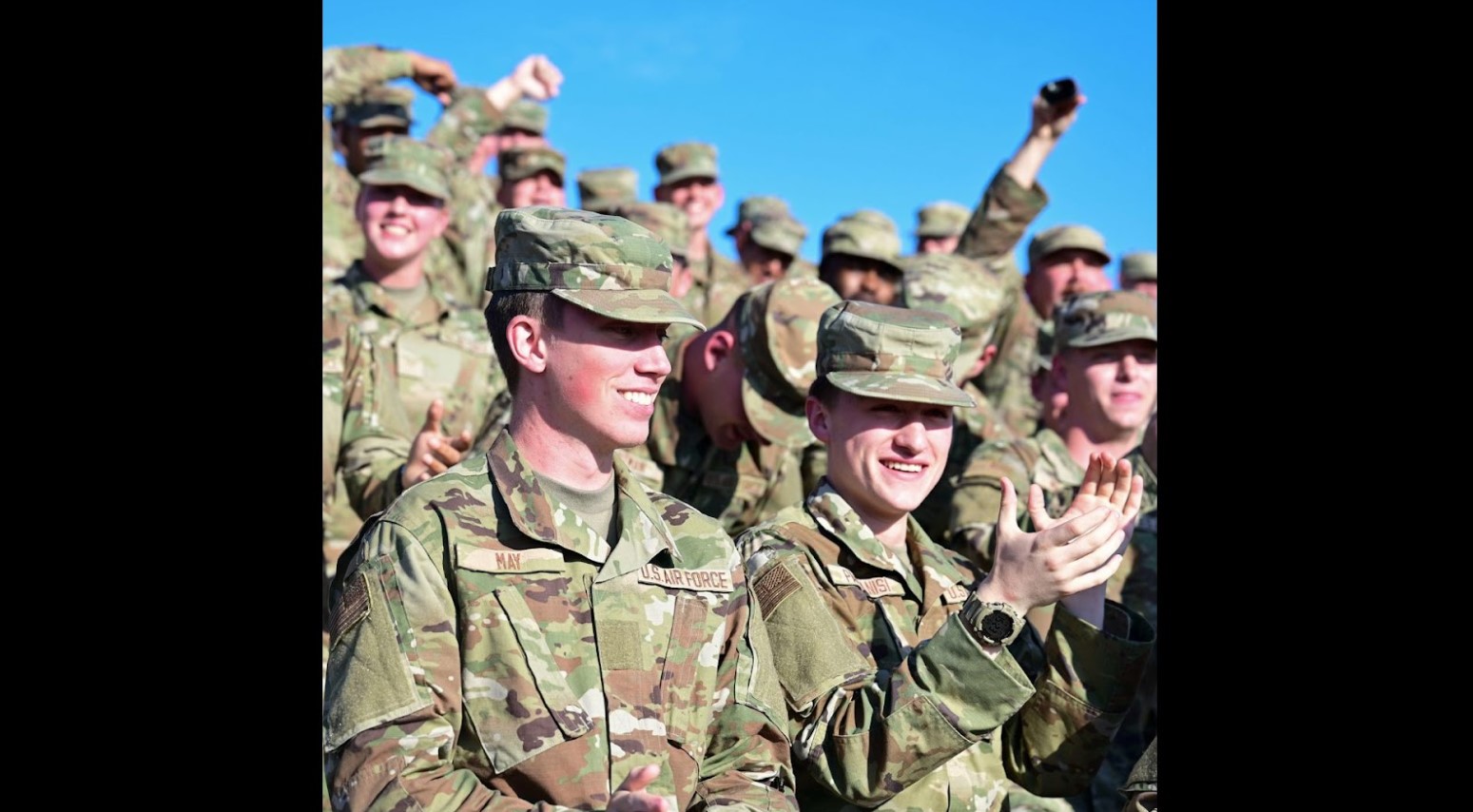
While the Air Force seems to have high hopes for the VRRAD program, it’s not their only idea for increasing their numbers.
The organization plans to make significant changes to its fitness and appearance policies, cut down on the red tape required to apply, and maybe even remove the ban against THC use (the active ingredient in marijuana.) Hopefully, by this time next year, the Air Force numbers will be much higher, though it doesn’t look like it will be due to the VRRAD.
Recruitment Down Across Many Military Branches

It isn’t just the Air Force that is suffering from a recruitment crisis, other branches of the military are also struggling to meet recruitment targets.
In 2023, the New York Times reported that the Army, Navy, and Air Force were unable to attract recruits like they were hoping. That same year, The Marine Corps Times reported that the Marines were the only major military branch on track to meet their recruiting goals.
The Marine Corps is Smaller

One reason that the Marine Corps is finding it easier to meet its recruiting goals may be the simple fact that it’s a smaller military branch.
According to the Marine Corps Times, the Marines are nearly half the size of the US Army, making its recruiting goals much lower. Another small branch of the military, the Space Force, was on track to meet its 500-person recruiting goal.
Gen Z Temperament

Another challenge standing in the way of the Air Force and other recruiting for other military branches is the changing attitudes of young people. These branches rely on recruiting young people since they are more physically capable.
However, younger generations like Gen Z have increasingly negative perceptions of public institutions. According to Gallup, only 30% of Gen Z Americans between 18 and 25 trust major institutions like the military.
Political Activism

According to USA Facts, military recruitment has decreased by 39% since 1987. After the early 2000s Iraq war and subsequent engagements in West Asia, young people grew up in a landscape of increased military cynicism.
This cynicism permeated youth culture, with many young Americans being turned off from signing up for military service, preferring to spend their youth engaging in political activist movements against the military and police instead.
Fear of PTSD

In a Department of Defense Youth Poll from 2022, young people were asked what the main reasons were for not deciding to join a branch of the US military.
As one might expect the top reason was a fear of physical injury or death. However, the second reason, which 65% of respondents submitted, was the possibility of developing PTSD and psychological issues.
Fear of Sexual Assault

Another top reason on the poll from young people aged 16 to 21 was a fear of sexual harassment or assault. 33% of respondents listed this as a top reason for not joining the military.
A data analysis by RAND found that an estimated 6.2% of active-duty women and 0.7% of active-duty men were sexually assaulted in 2018. Only 30% of women and 17% of men reported their assaults to the Department of Defense.
Men Versus Women in the Military

The US Department of Defense reported in 2022 that the number of women serving in the military continues to increase in an upward trend.
2021 numbers show that there were 231,741 women in the active military, accounting for 17.3% of all members. Women in the Air Force make up a slightly higher 20.9 percent.
Can Recruitment Trends be Reversed?
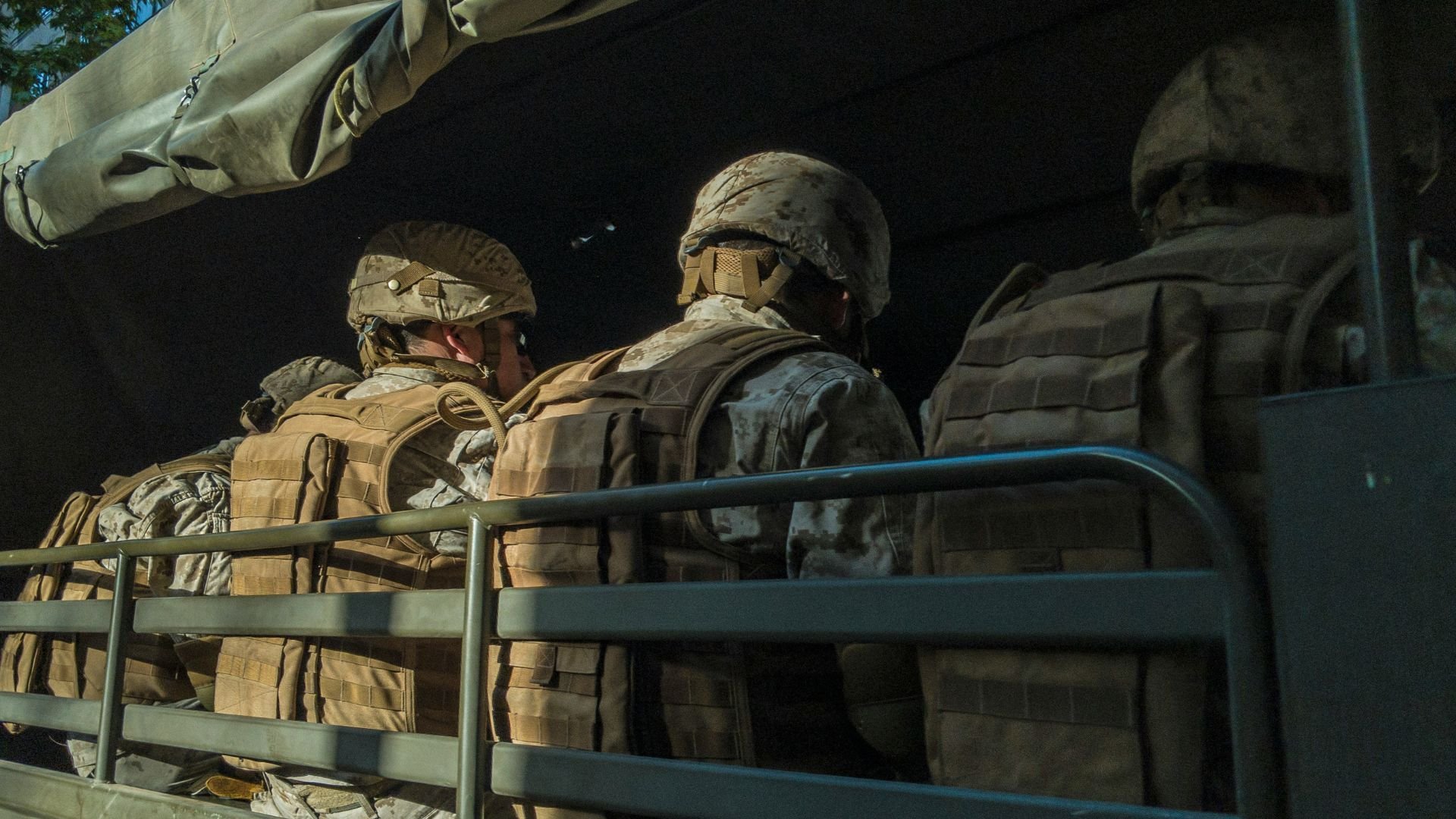
The Air Force has not had to worry about recruiting for over two decades, but with them missing the recruiting goal in 2023, this is a wake-up call for the branch.
It seems like the Air Force may have learned some lessons as the Air Force Times reported in February that their recruiting numbers have slightly rebounded. It exceeded its 6,249 December airmen recruitment goal by 130 people.
The Expanding Role of the US Air Force in Modern Conflicts
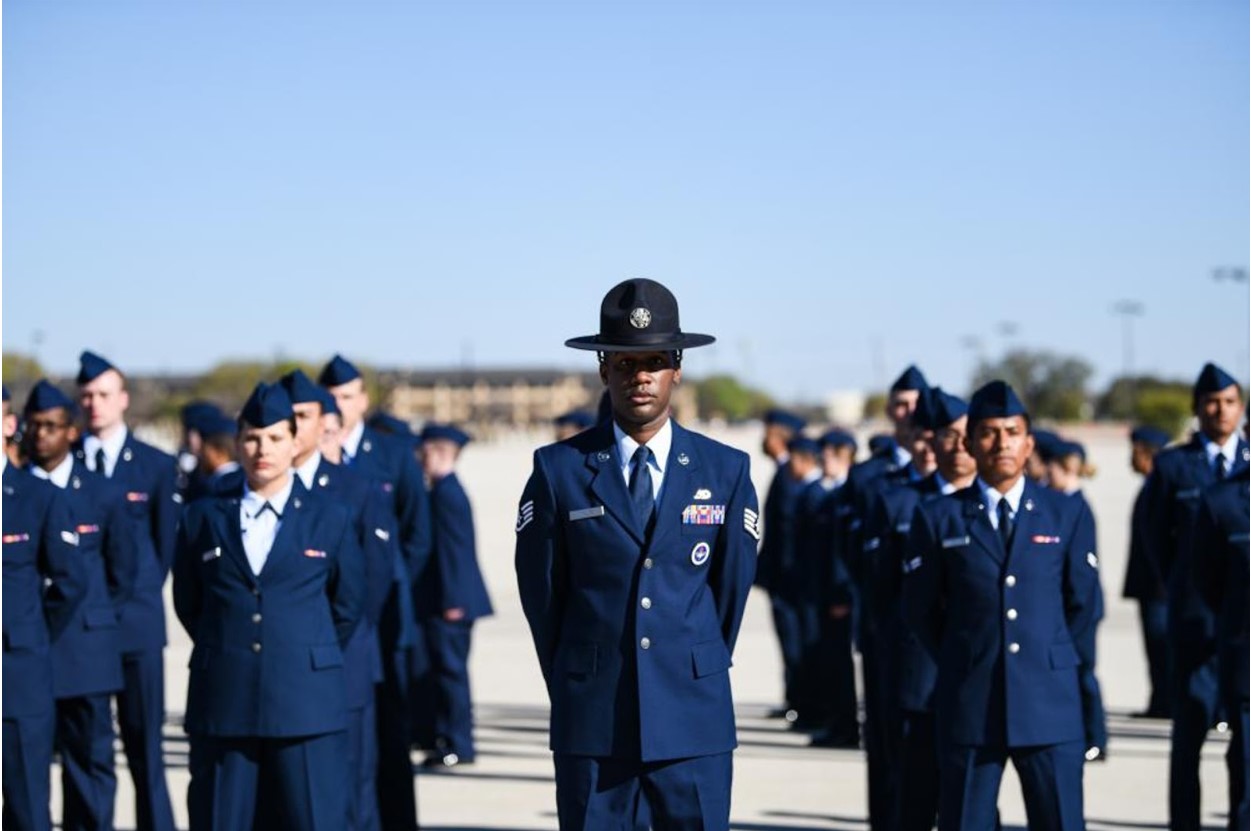
The US Air Force has significantly increased its involvement in global conflicts, employing advanced aerial strategies to maintain national security. Key missions include precision strikes, surveillance, and rapid deployment capabilities (via the U.S. Air Force).
The strategic use of air power is important for both offensive operations and reconnaissance, showcasing the Air Force’s critical role in contemporary military tactics.
Technological Advancements in the Air Force

The integration of cutting-edge technologies such as unmanned drones and AI-driven systems is transforming Air Force operations.
These advancements necessitate a shift in recruitment strategies to attract more tech-savvy personnel, essential for operating and maintaining sophisticated new tools that enhance mission efficiency and safety.
Collaboration with Other Military Branches
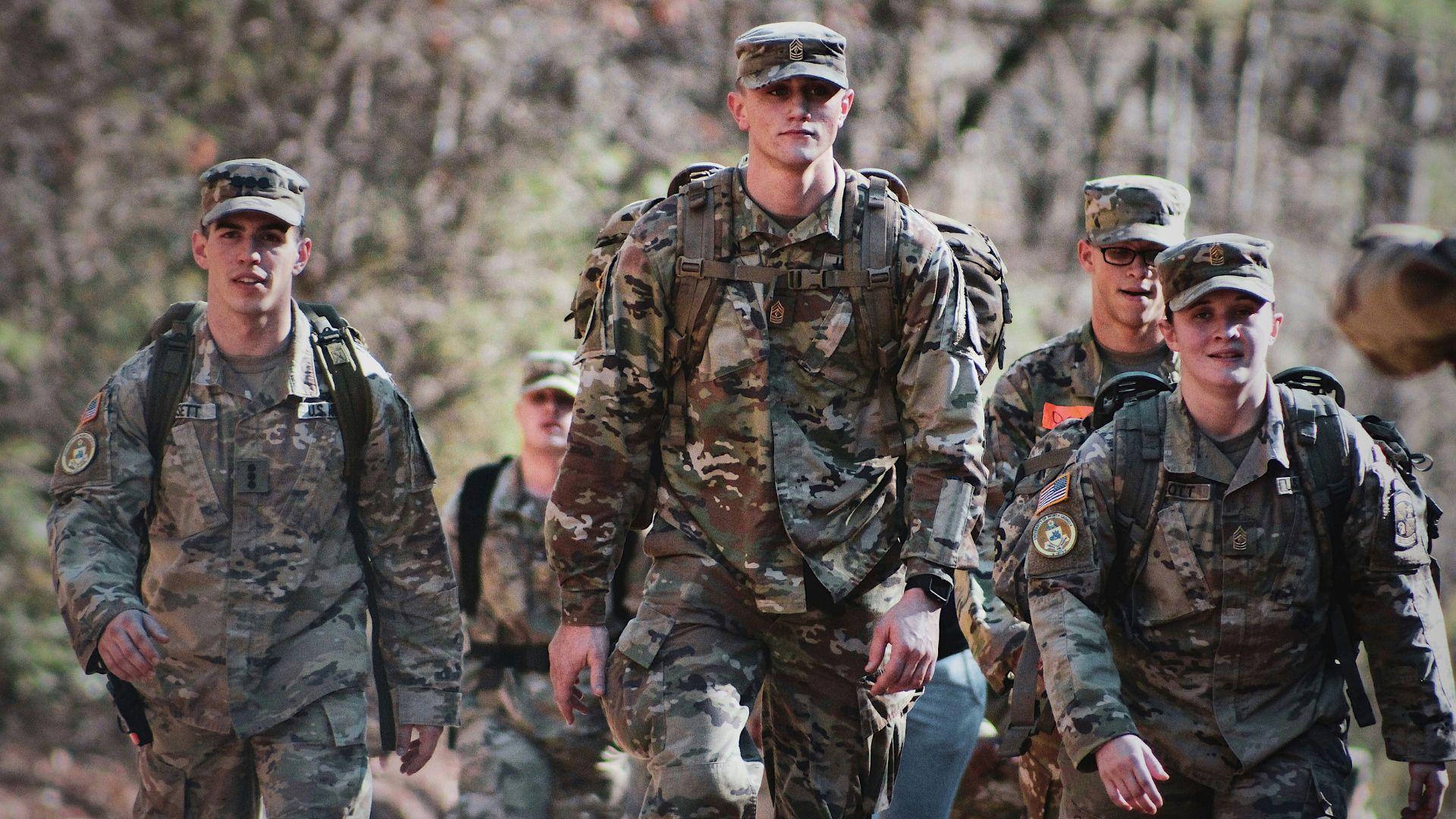
Joint operations with the Navy, Army, and Marine Corps have become a cornerstone of military strategy, promoting a unified force approach (via NDU Press).
Joint operations with the Navy, Army, and Marine Corps have become a cornerstone of military strategy, promoting a unified force approach (via NDU Press).
Space Operations and the Air Force

Even with the Space Force’s establishment, the Air Force continues to play a crucial role in space through satellite defense and orbital operations (via the U.S. Department of Defense).
Ongoing collaborations focus on securing space assets crucial for communication and reconnaissance, showing the Air Force’s integral role in national defense.
Humanitarian Missions and Disaster Response

According to Euractiv, the Air Force’s rapid response capability makes it an essential player in humanitarian aid and disaster relief efforts.
Recent missions have highlighted the force’s ability to deliver aid and perform search and rescue operations globally, often being the first on the scene in critical situations.
The Challenge of Cybersecurity

As cyber threats increase, the Air Force is prioritizing and “reoptimizing” the recruitment and training of cybersecurity experts.
Cybersecurity professionals are crucial for protecting sensitive information and ensuring the security of communication networks, making cybersecurity a field of growing importance within the Air Force.
Enhancing Air Force Bases and Infrastructure
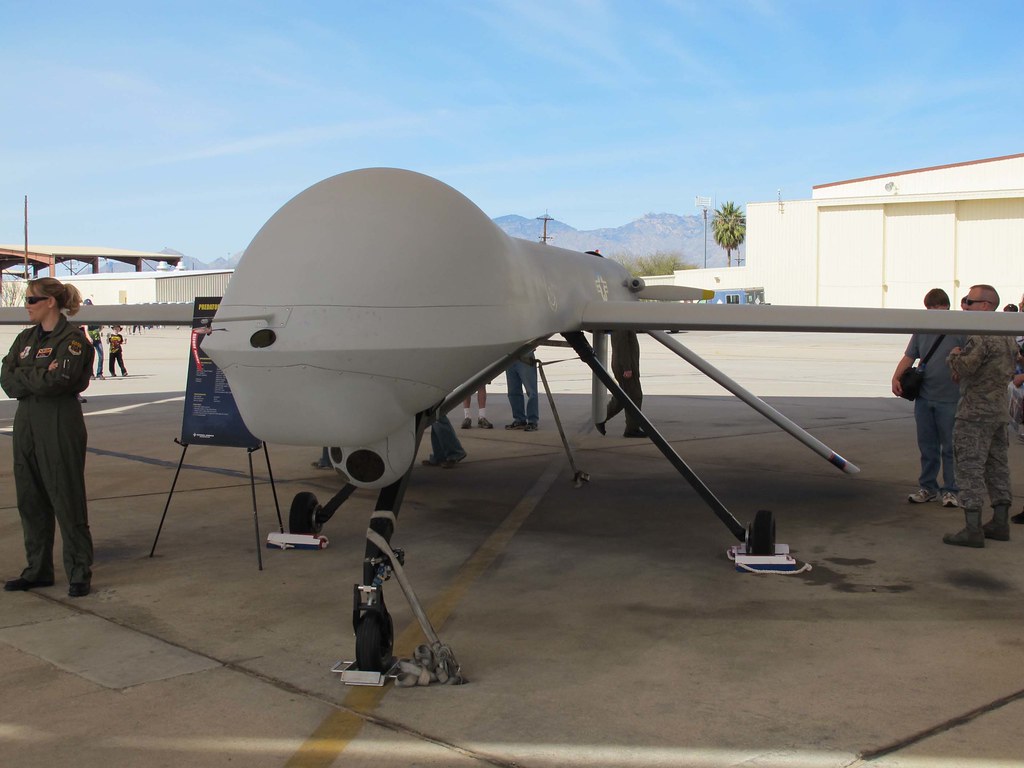
In addition, the Air Force is investing in modernizing its bases and infrastructure to support both current and future operational needs.
Modern enhancements include improved living conditions, advanced training facilities, and better support structures for both personnel and advanced technology.
Community and Family Support Programs
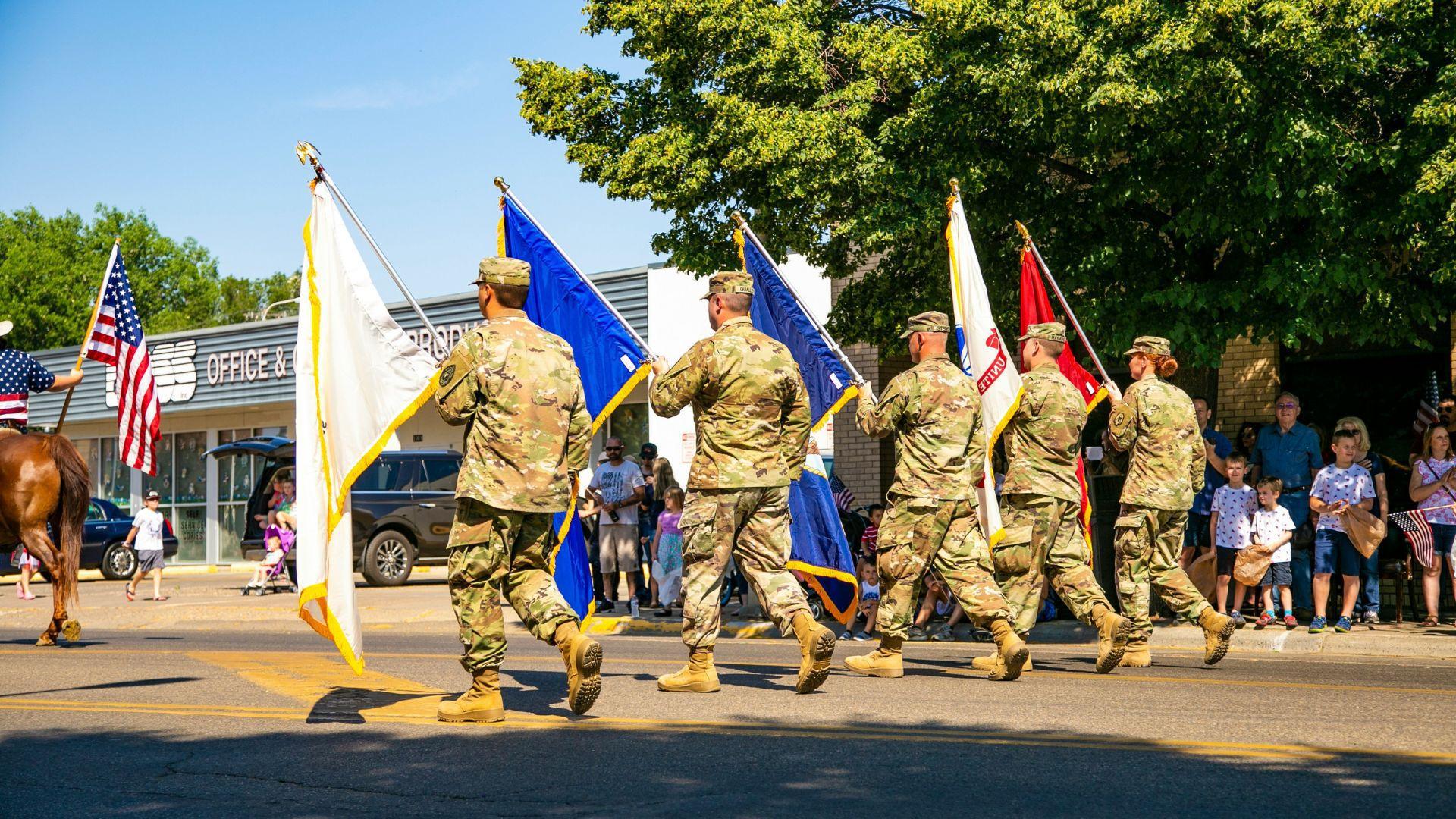
Recognizing the challenges faced by military families, the Air Force has enhanced its support programs and benefits, which include educational benefits, housing, and healthcare.
These initiatives are vital for morale and have proven effective in improving both recruitment and retention of airmen.
Financial Incentives and Career Advancement

The Air Force offers competitive financial incentives such as sign-on bonuses and enhanced educational benefits to attract new recruits.
Additionally, clear career advancement paths provide personnel with opportunities for professional growth, making a career in the Air Force an attractive option.
Veteran Reintegration Programs
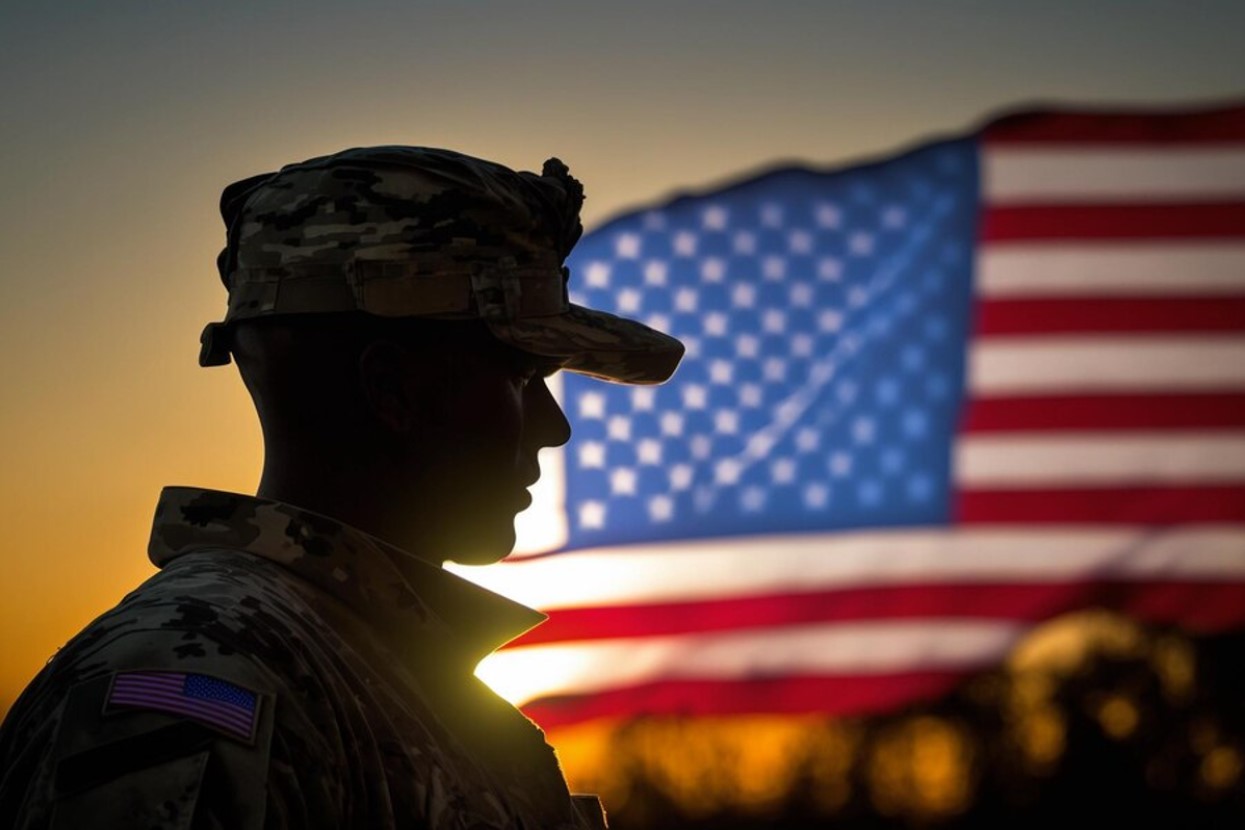
Veteran reintegration programs focus on assisting Air Force personnel in transitioning to civilian life, offering career counseling and educational opportunities.
These programs not only support veterans but also strengthen community ties and enhance the public’s perception of the Air Force.
Public Perception and Recruitment Campaigns

Military recruitment campaigns are strategically designed to enhance public perception and attract a diverse range of applicants, though, as shown, the attractiveness of signing up has dwindled.
Ultimately, campaigns attempt to highlight the benefits of Air Force careers, dispelling myths and showcasing the varied roles available beyond combat positions.
Future Vision: The Air Force in 2030
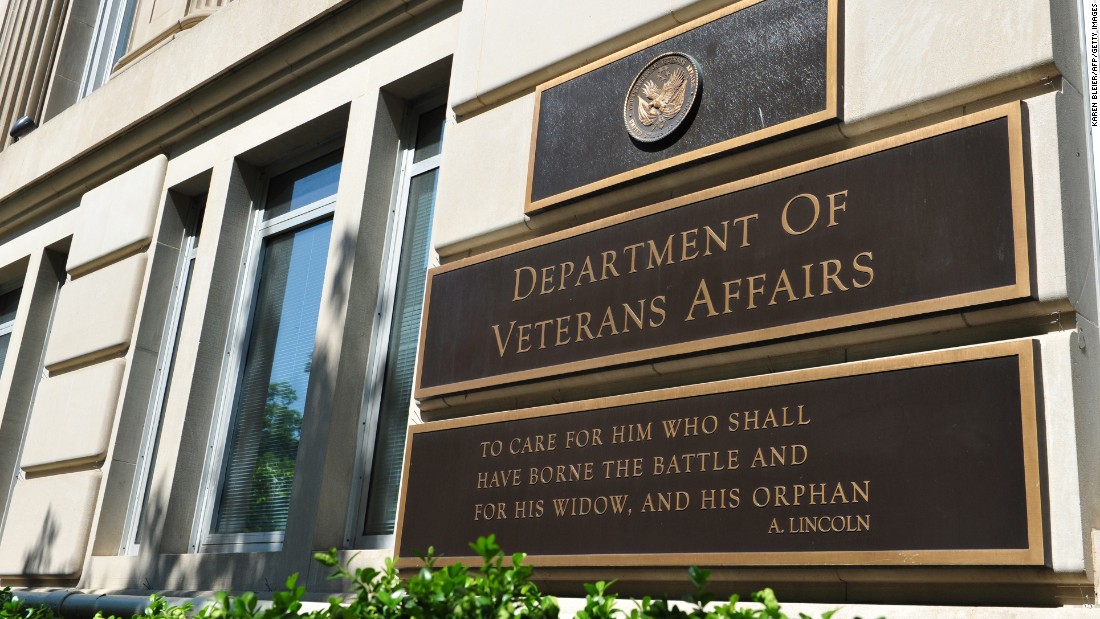
Looking forward, the Air Force is setting ambitious goals for 2030, focusing on innovation, force readiness, and the integration of new technologies.
These goals emphasize the development of a resilient force capable of meeting future challenges while ensuring the welfare of its personnel.
